25 Acrylic Paintings from 25 Top Artists
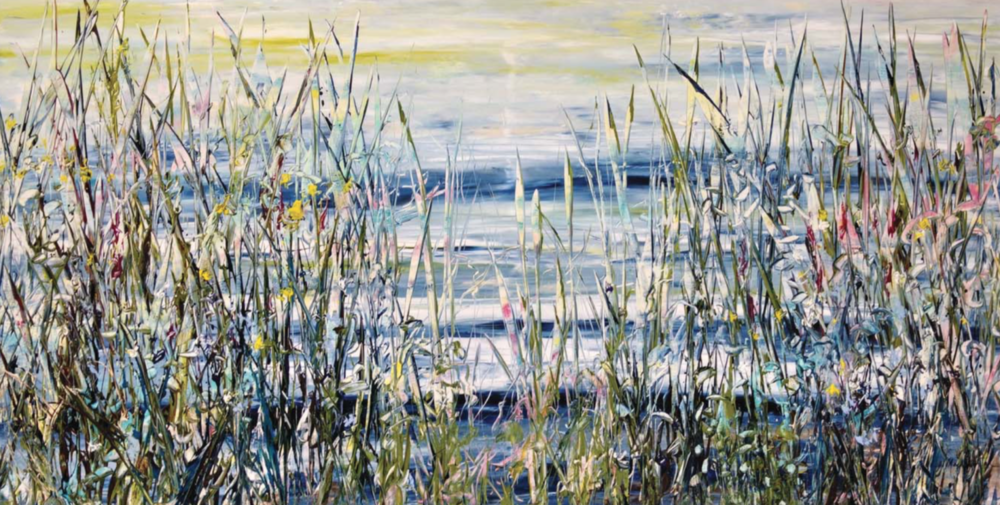
Stare in Wonder at More Than Two Dozen Inspiring Acrylic Paintings
If you want to talk about a modern-day art medium success story, look no farther than the nearest brush loaded with acrylic paint. It was the medium chosen by famous 20th-century artists like Andy Warhol and Mark Rothko. It has put thousands (and counting!) of contemporary artists on the path to excellence.
AcrylicWorks 6: Creative Energy, a book worthy of pride of place, showcases that excellence by featuring the winning acrylic paintings from the 6th competition book in the AcrylicWorks series.
Enjoy 25 acrylic paintings from 25 top artist-entrants whose works span subject matter and style, but all consistently deliver “best-in-show” power.
#1 Letting Go by Randy L. Honerlah
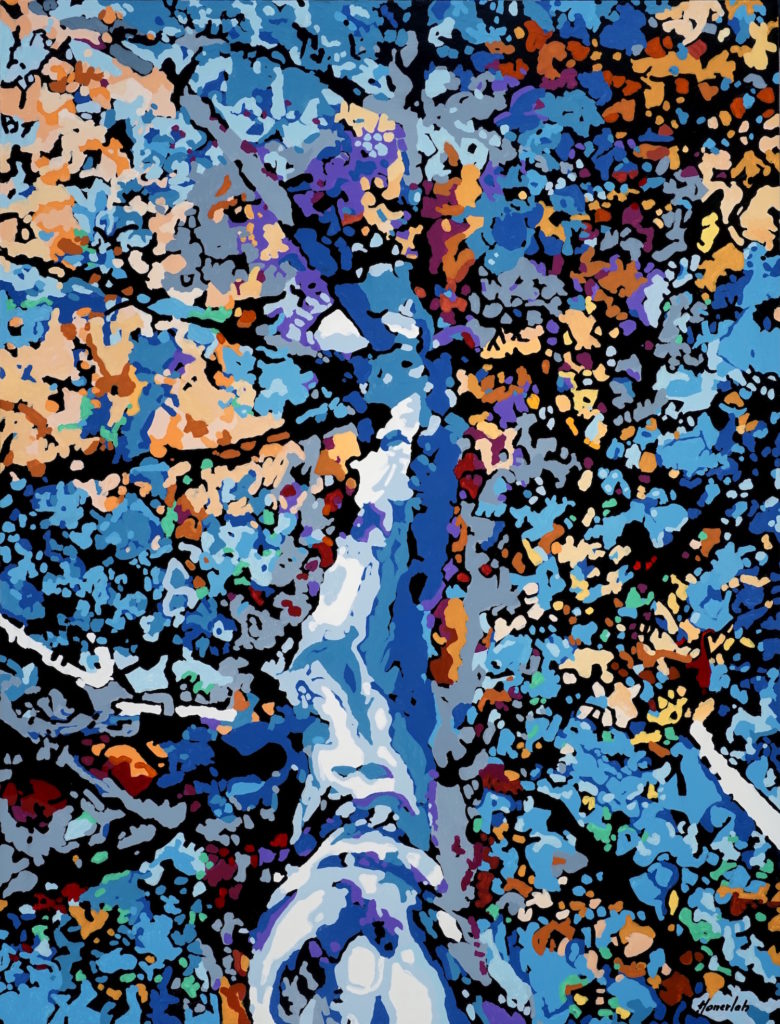
One sees what comes to mind . . . an abstraction of trees reaching for the heavens and releasing their leaves, or a courageous awakening to look up, breathe deep and expand on your awareness. We can learn from the nature of trees, staying grounded regardless of life’s obstacles.
The value play of light and dark colors helps to represent these concepts. The breakdown of shapes, adjacent colors and values in this work reveals these ideas and keeps it fresh and uplifting.

#2 Lanterns by April M. Rimpo
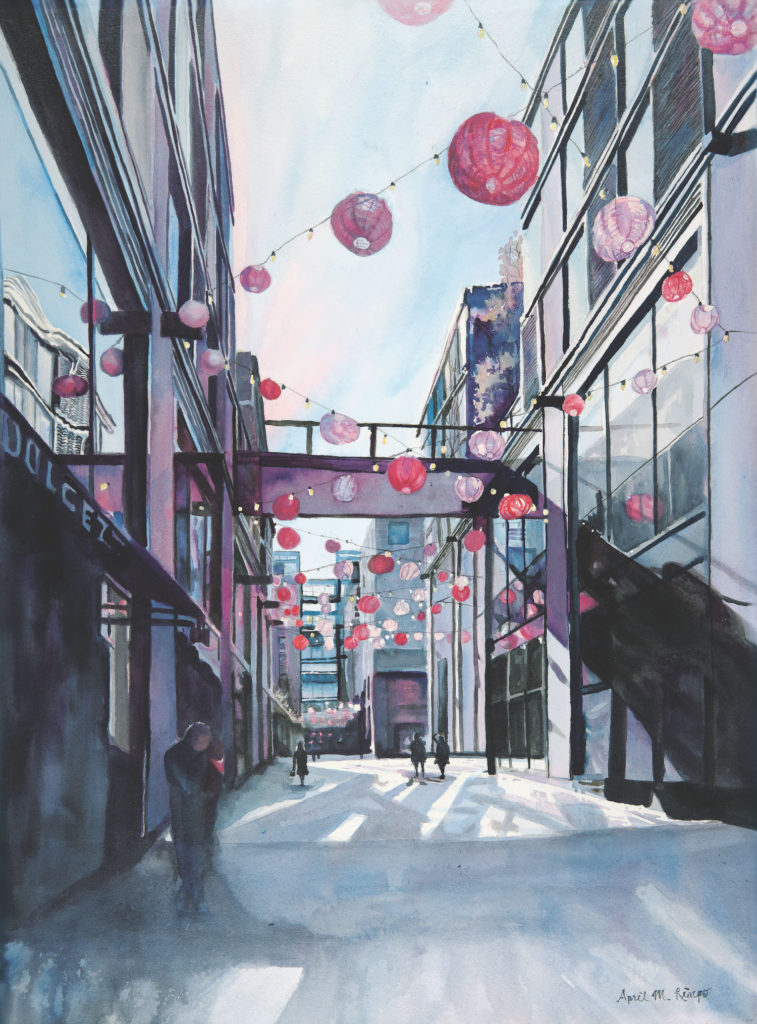
What seems at first glance to be black is really layers of purple, Phthalo Blue and other dark pigments to gradually build the darkest areas. The lighter grays were also mixed using Cobalt Blue, Quinacridone Coral and Quinacridone Gold.
Rimpo creates her own grays and blacks by mixing colors. The result is much richer than using tube blacks or grays.
#3 Fancy Feathers by Cher Anderson
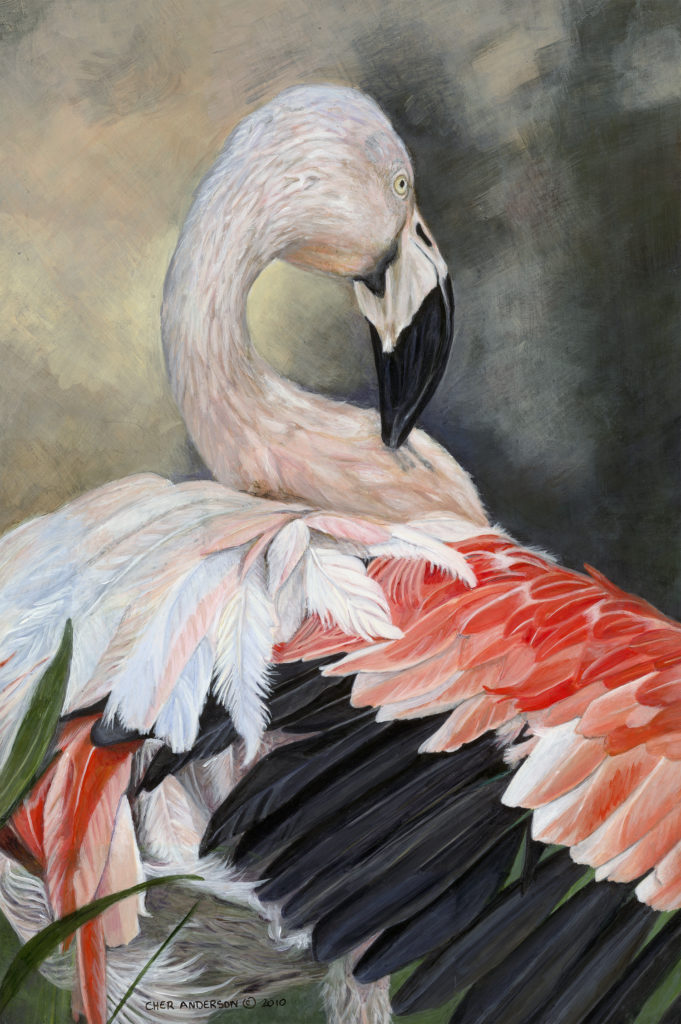
Fancy Feathers was the result of hours of waiting to capture the perfect moment when the flamingo opened his wing and displayed the spectrum of values from light, soft pink to deep black and every color in between. His head arched and his dark beak preening created a dramatic effect and displayed a beauty seldom seen.
Painting with acrylics allows the freedom of layering very thin washes of color and slowly building the shape and form for a smooth transition from light to dark. It also gives opacity and intensity to color, needed to bring the subject to life realistically.
#4 Bill by Michael Wagner
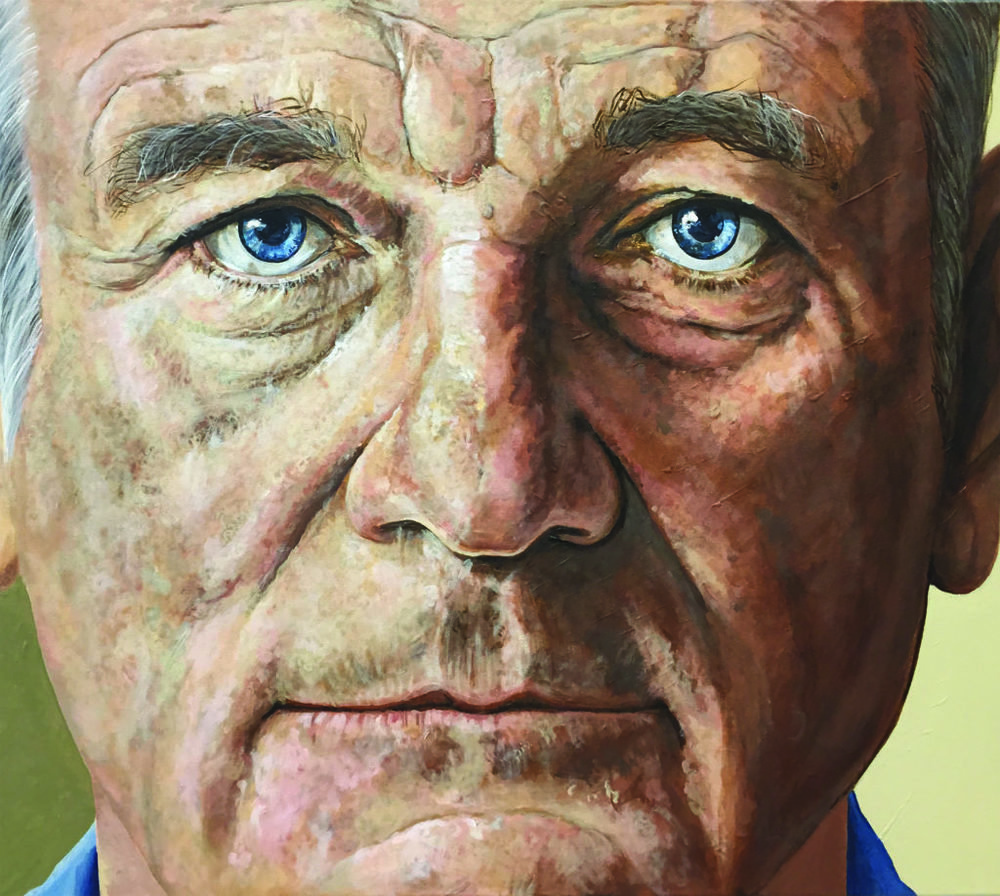
There is a lot of color and texture in the skin tones of most portraits. Wagner finds when he applies it loosely it appears more realistic and lush.
He painted Bill with a full range of color values, and used texture and color to achieve a photorealistic appeal. The detail apparent in the wrinkles, folds and features interested the artist.
#5 Artificial Nature by Jingyi Wang
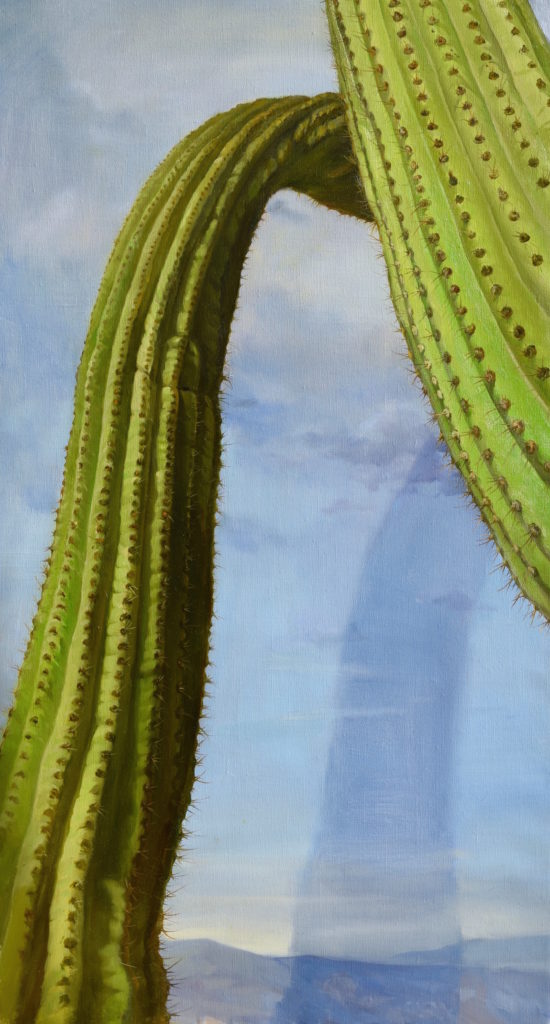
To Wang, cacti represent all creatures in nature. Through the strong and independent characteristics that the cacti represent, the artist hopes to express the impact that human activity has on nature. The cast shadow in the background is actually a separate picture and represents that the cactus is growing in an unrealistic, unnatural surrounding.
#6 Mellow Yellow #1 by Scott Ramsay

High-key value is very important in setting the mood of this piece. Before the painting was even envisioned, Ramsay made a decision to use dominant, bright yellow values.
The artist wanted to use warm inviting yellows to pull the viewer in. Conversely, he used neutral to cool values in the shadows to punctuate the details.
#7 Butterfly Effect by Yelena York
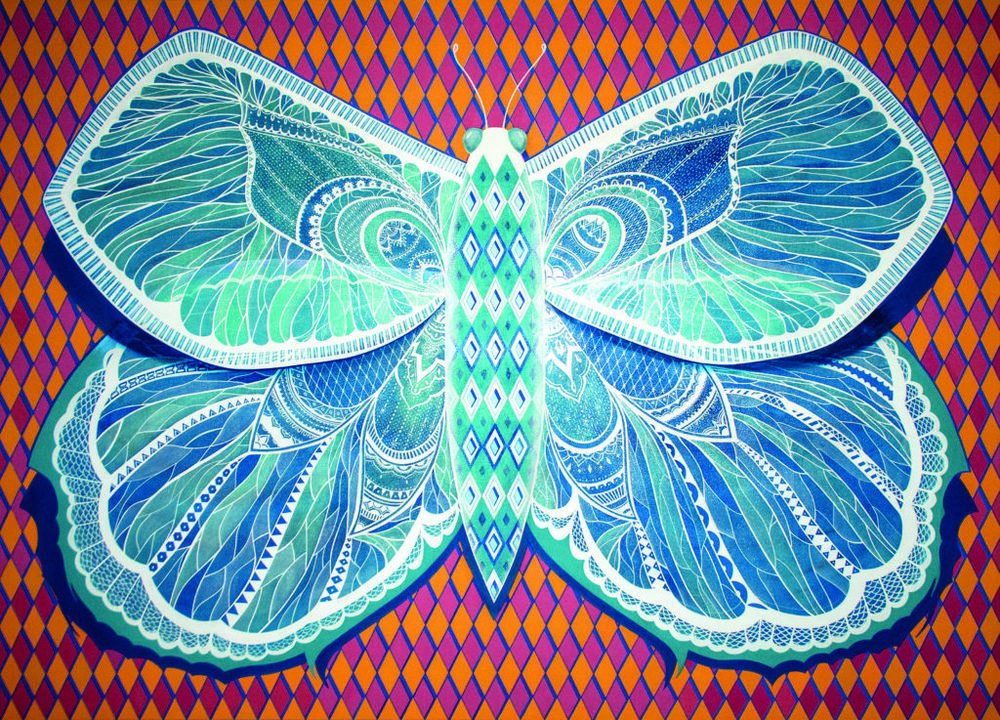
Butterfly Effect is created freehand from the artist’s own imagination. Every pattern has been developed during the process. Nothing was sketched before starting the piece.
The work is done with acrylic paints, sometimes mixed with different mediums to create vibrant and translucent effects on the wings.
#8 Utility Pole by Jim Martinez
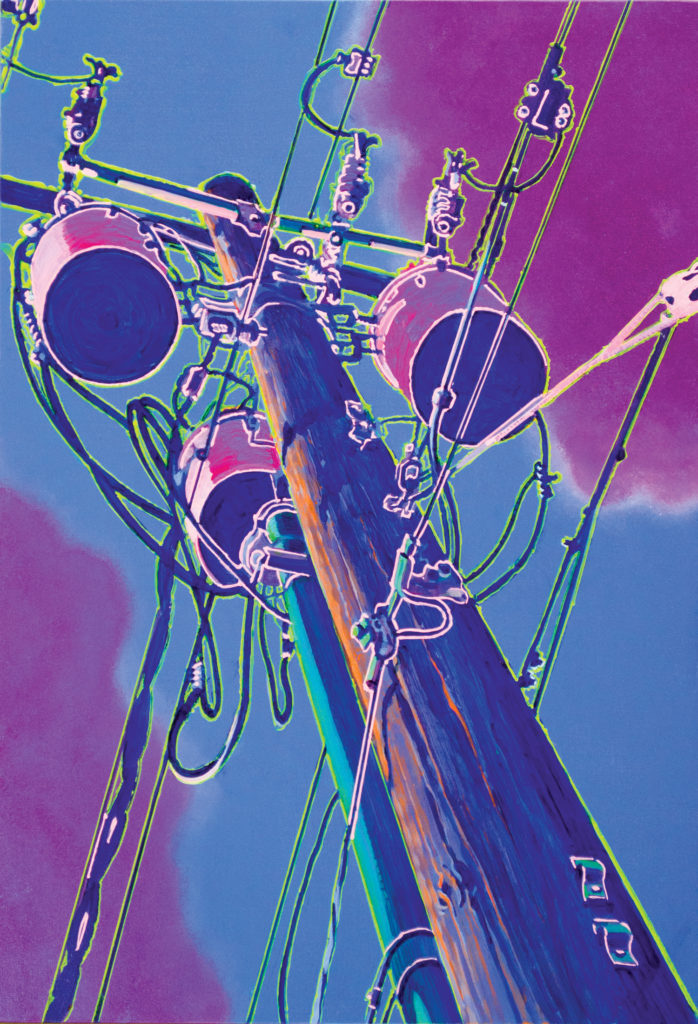
Martinez wanted to incorporate a little humor and give the subject an electric feel. The use of bold values was critical in that it brings attention to an object that was not designed to be aesthetically pleasing. However, when it’s looked at through another lens, it becomes pretty interesting.
#9 Crystal Blue Persuasion by Deborah B. Leonard
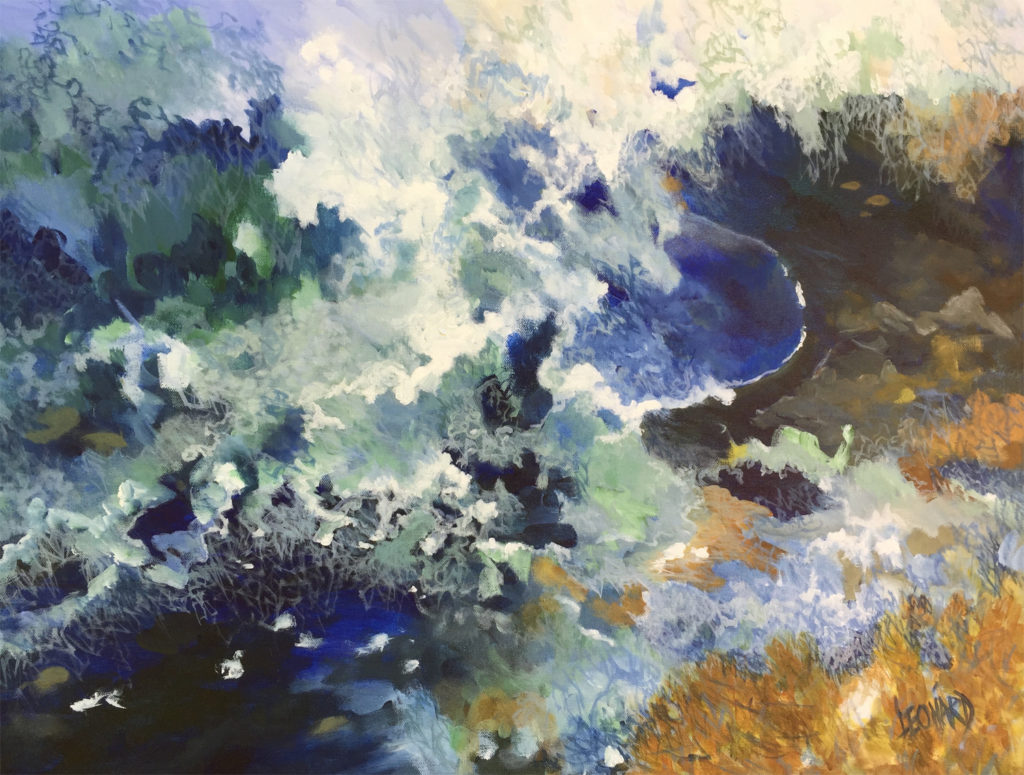
A partially frozen brook was Leonard’s inspiration for this work. The varying levels of ice crystals, snow and dark-moving water all had to be captured.
She used several different brushes as she constructed the combination of swift-moving and partially static areas. The varying shades of blue — from deep to almost pure white — convey the coldness. The warmer tones give a nod to the decaying leaves and pine needles that were on the shallow banks.
#10 Wood 1 by Ellen Fuller
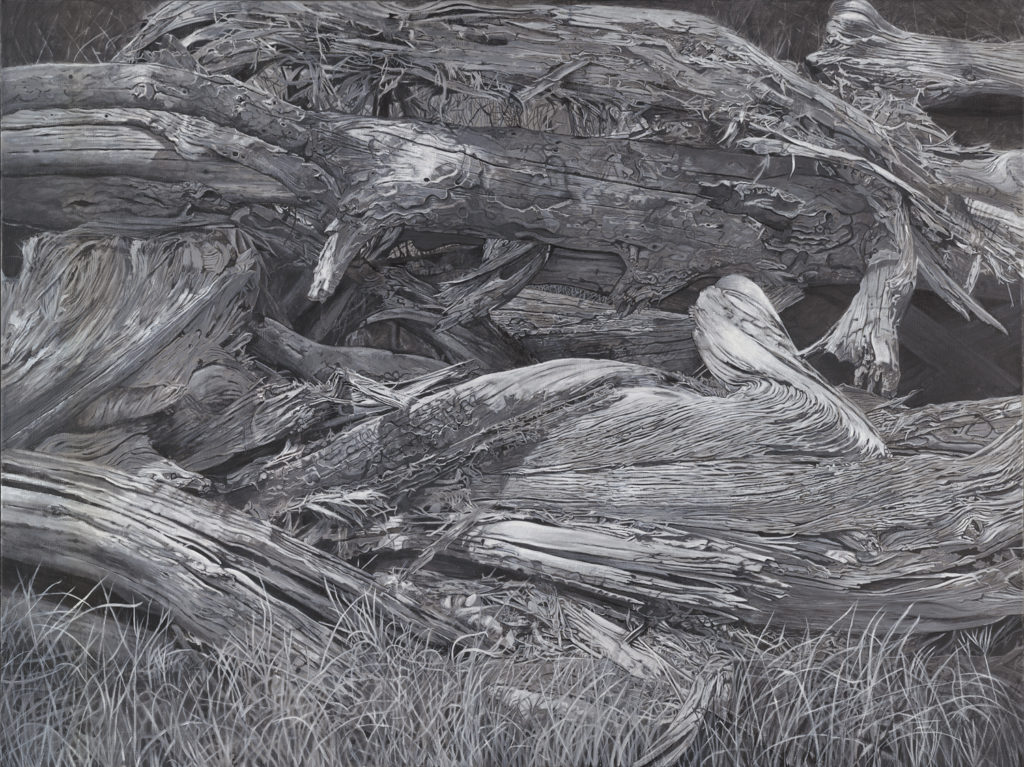
This painting is part of a series Fuller is currently working on. It was based on photographs she took of wooden barricades in Canyonlands National Park in Utah.
The artist decided to use only black and white acrylic paint because she felt color might weaken the dramatic effect of the wood’s nuanced surfaces. By taking away color, she was able to concentrate on the minute details, composition and brushstrokes, which gave her a complete understanding of the bark’s fascinating textures.
#11 Oaxaca Series #5 by Robert Merrill Sweeny
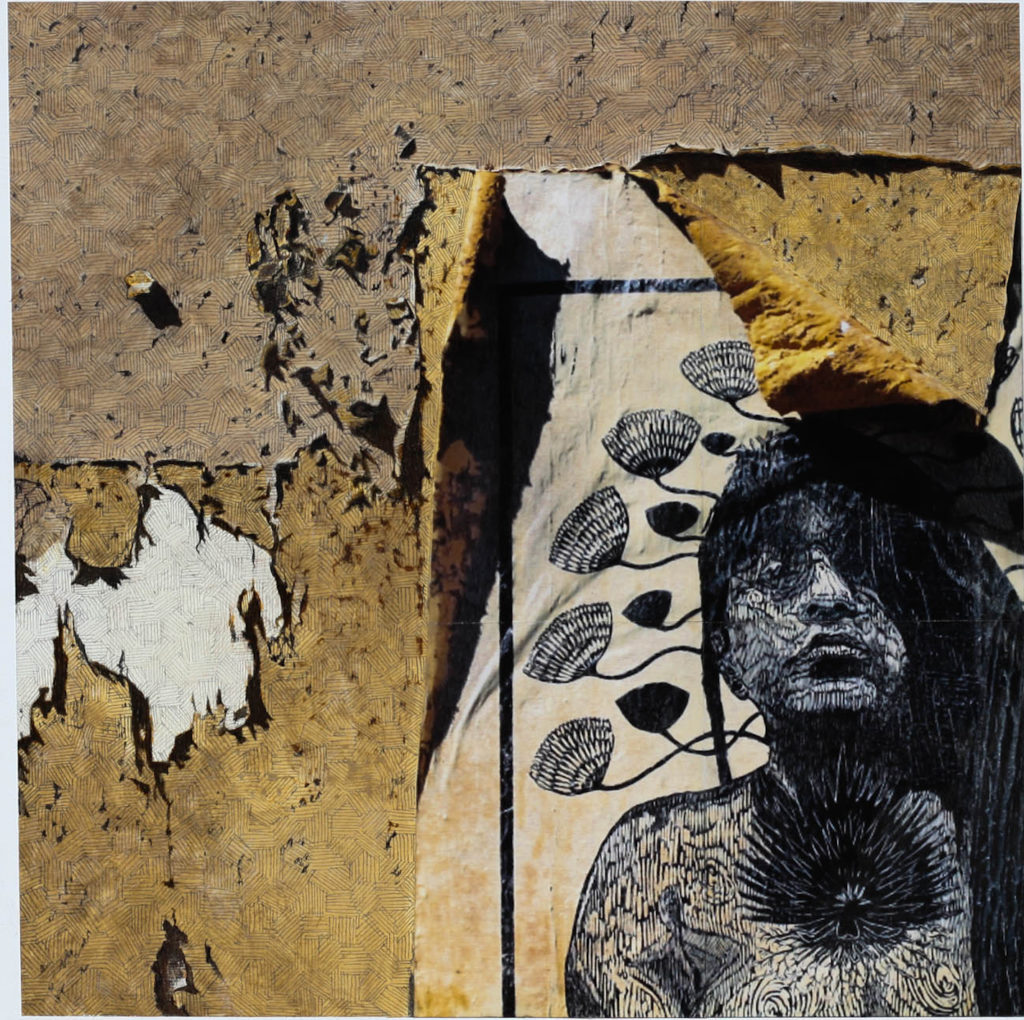
Sweeny’s Oaxaca series is the product of a group of photographs that were taken while the artist was on vacation in Oaxaca, Mexico. He has always felt an affinity for the print arts, which are very popular in Oaxaca to the point that they spill out into the streets in the form of graffiti.
In this piece, Sweeny was drawn to the rich blacks of the poster in combination with the wonderful deep shadows cast by the curled paper and peeling paint.
#12 Frances (Portrait Series #5) by Katia Zhukova
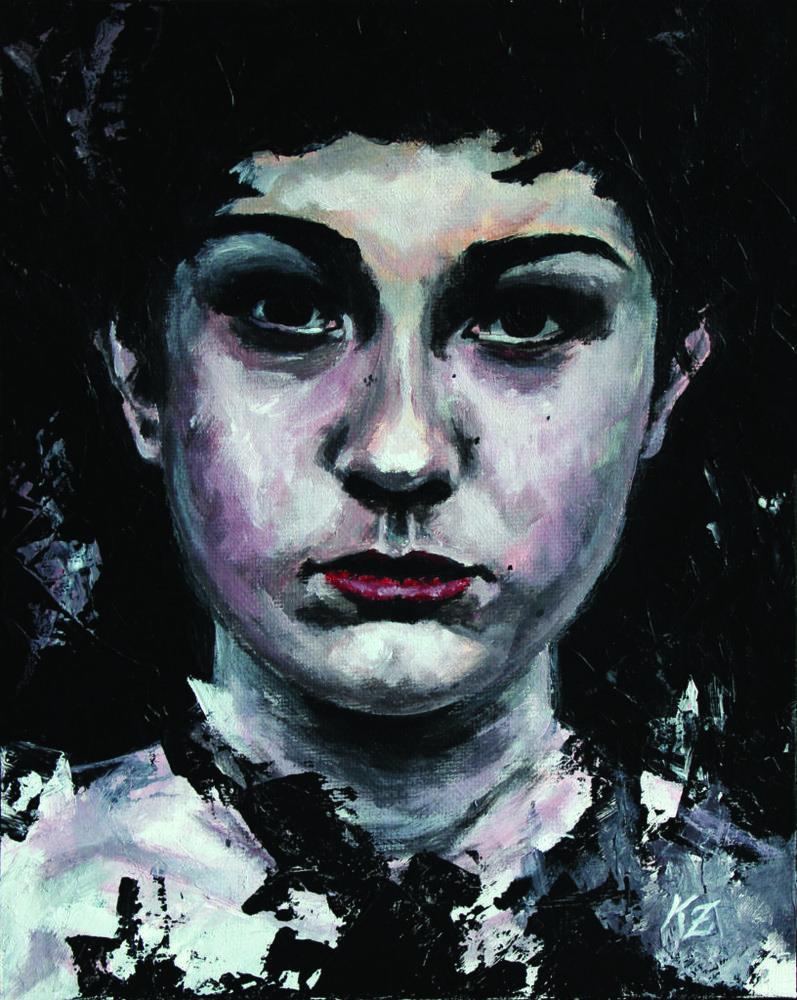
The artist works with heavy body acrylics. The fast drying nature of acrylics is perfect for her technique, which uses many quick textured layers applied with palette knives and brushes.
#13 Unknown by Marney-Rose Edge
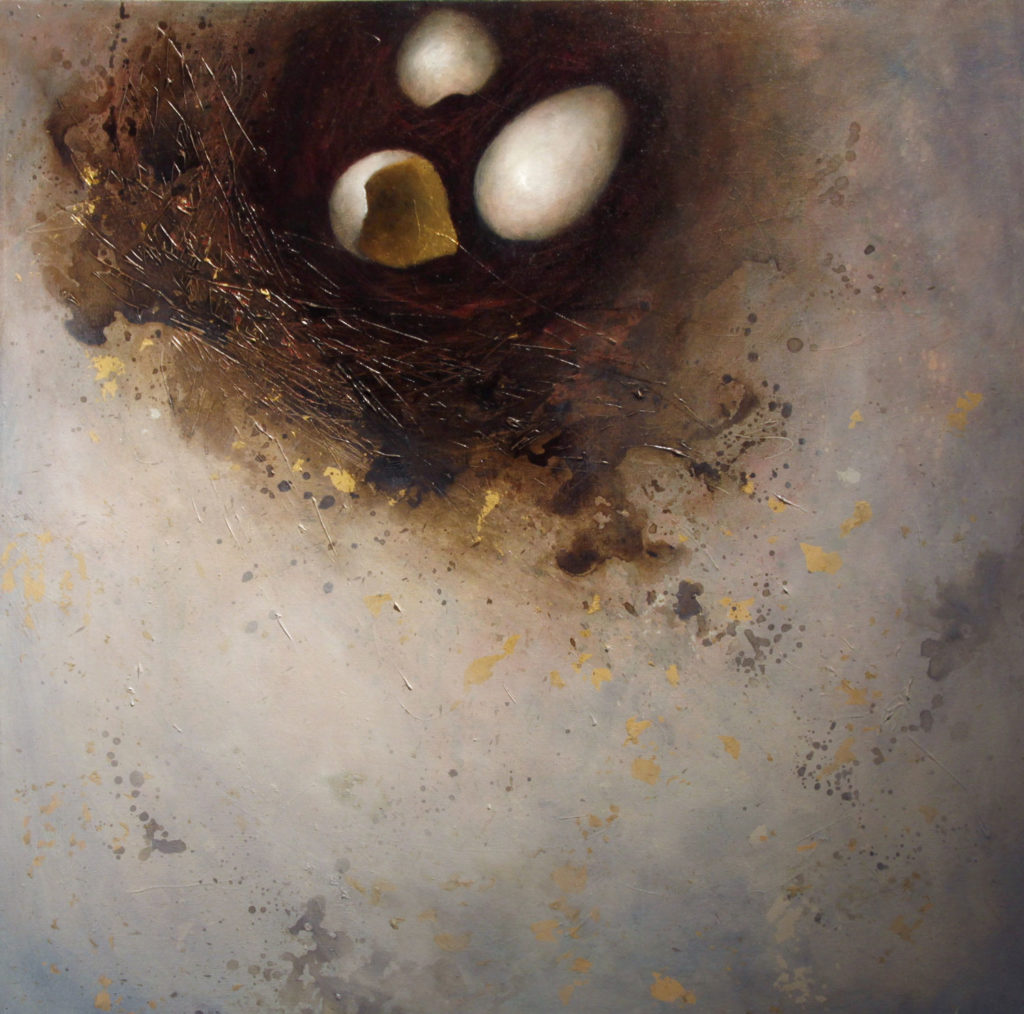
Texture is in the foundation of the work. Edge used molding paste in the nest area and Clear Tar Gel drizzled over the canvas before paint was applied. Gold and silver foil is scattered throughout the background amid the layers of paint.
The artist used heavy body acrylics for coverage, then progressed to fluid acrylics for the ethereal feel in the background and acrylic inks for glazing the eggs.
#14 The Morning After the Snowstorm by Ray Hassard
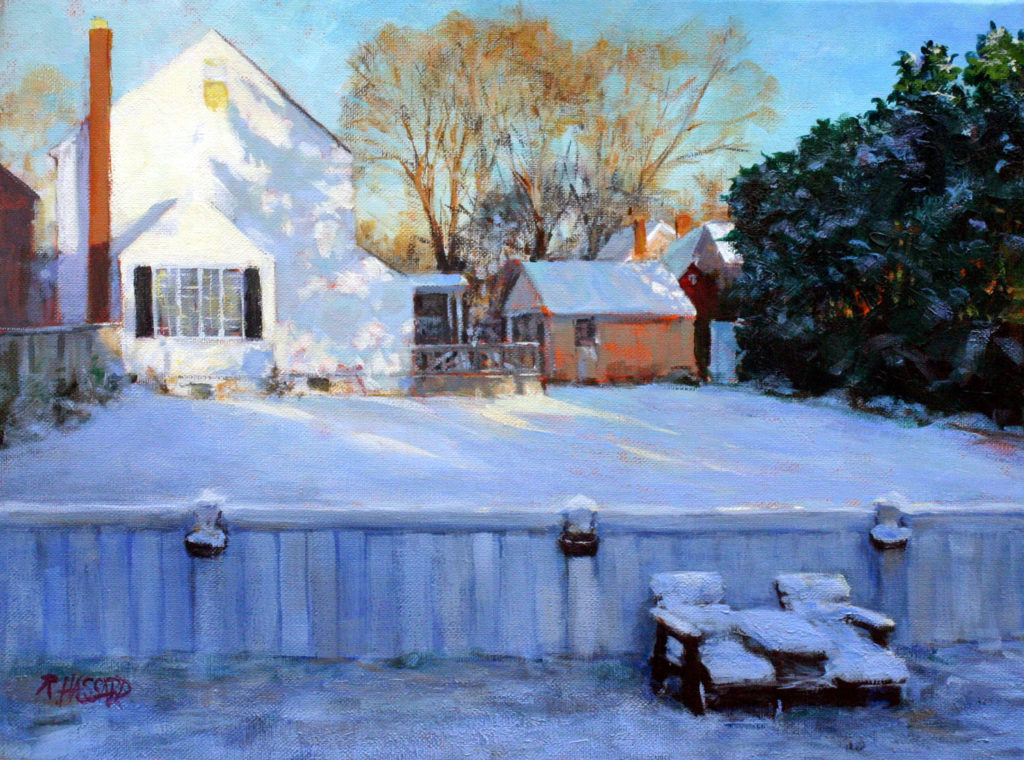
The artist applied a bright orange underpainting — the complement of the blue — as a unifying element. You can see a lot of it on the garage wall, but it peeks through all over. Hassard used mostly heavy body acrylics without extenders or other mediums.
#15 Evening Snowfall in England by Dale G. Wolf
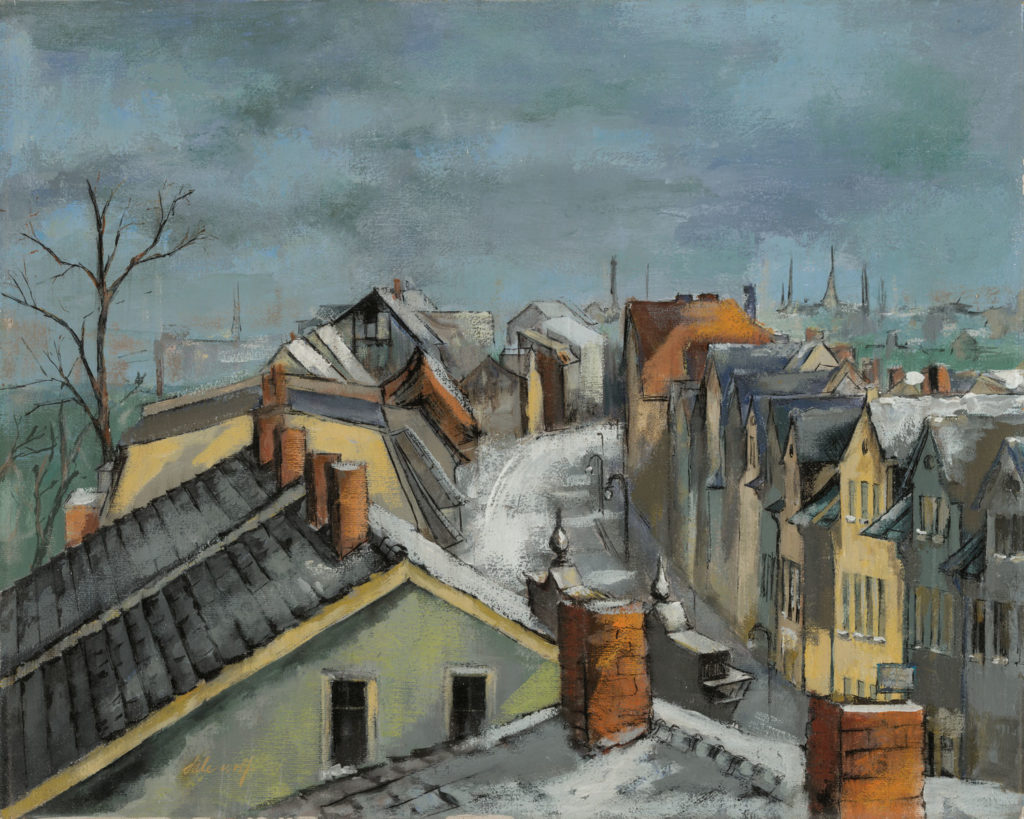
A snowy evening falls quietly upon a “conceptual” English town. The mood drives the values captured in the painting: muted tones across the rooftops set off boldly by the gathering snow — orange, green and yellow — under the gray-blue sky just before night settles in.
#16 Harbor Alliance by Jerry Smith
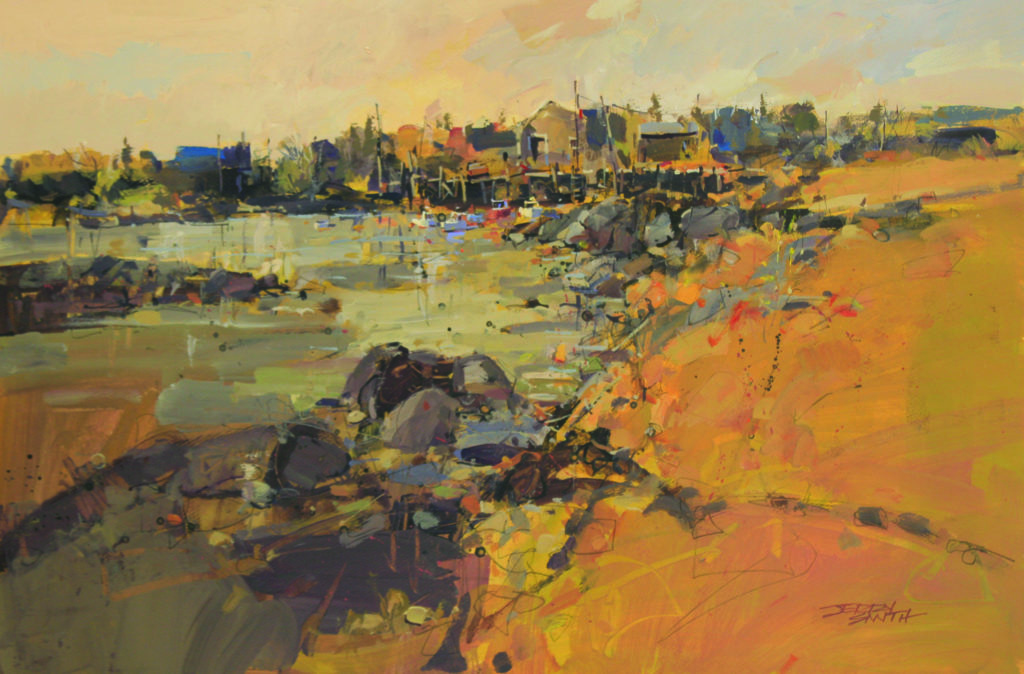
Although Smith uses various tools, textures and detailing marks, he’s found that no amount of detail can overcome a weak value plan. He starts with large shapes, works in layers and adds textures and details as he proceeds.
In addition to regular acrylic brushes, he frequently use various scraping tools, stamping objects, cardboard, a Ritmo charcoal pencil and rigger brushes for linework.
#17 Storm by Yael Maimon
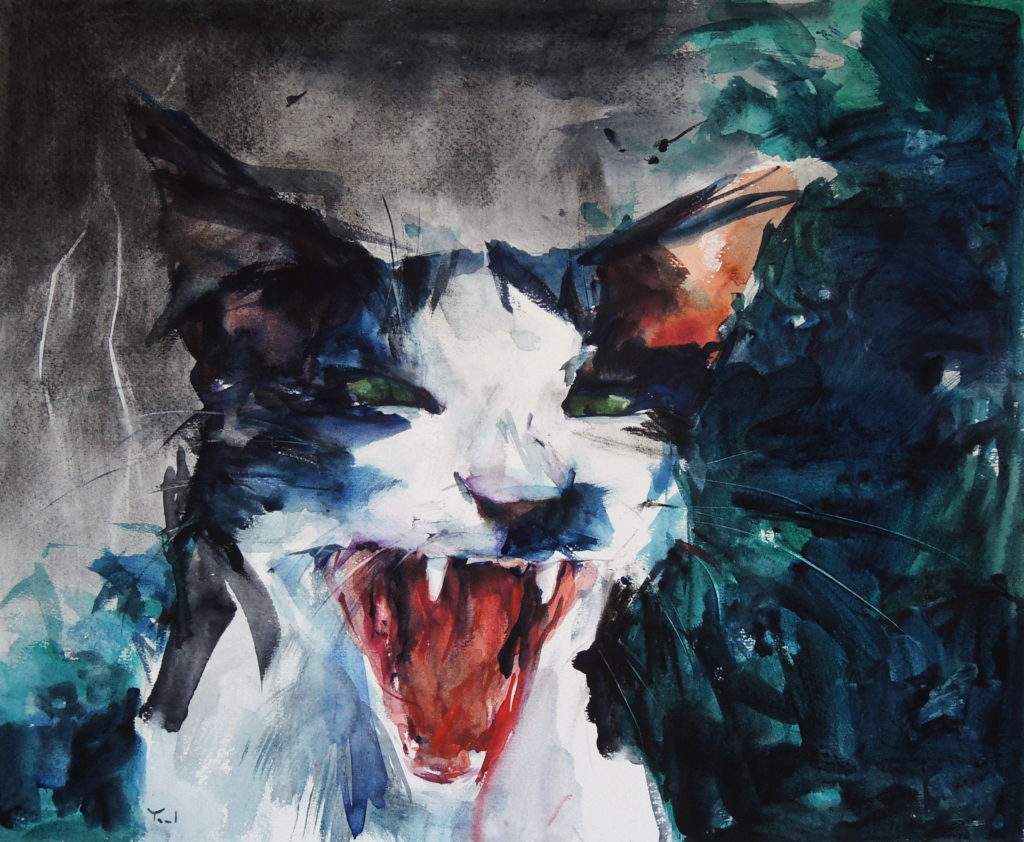
The dramatic mood of the scene, full of energy and excitement, was set through subject, color and value. The artist manipulated the tonal range of light, medium and dark values for maximum effect.
The use of bold values, sharp edges and strong contrasts contributed to the sense of violence, rage and danger (of the oncoming storm) in the painting and created an overall powerful and dynamic feeling.
#18 Sacramento River #3 by Timothy Mulligan
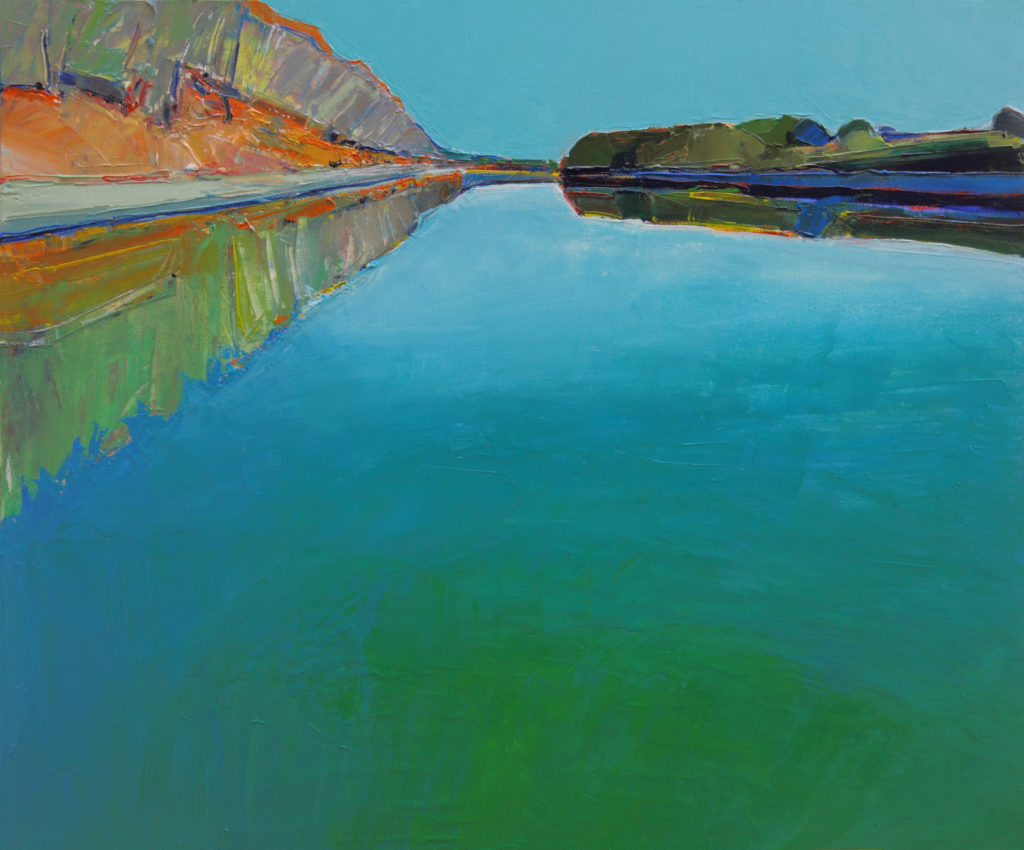
Knowing that light contains all of the colors of a prism and that the eye sees only the color not absorbed by an object, it only makes sense to Mulligan that objects are more colorful than what one might expect. Or that the eye can be trained to perceive more colors.
Shadows are excellent examples of where subtle yet complex color structures can be found. Using these principles, the artist often includes colorful lines to help separate objects within a painting and help portray depth.
#19 Keep Moving Forward by Darien Bogart
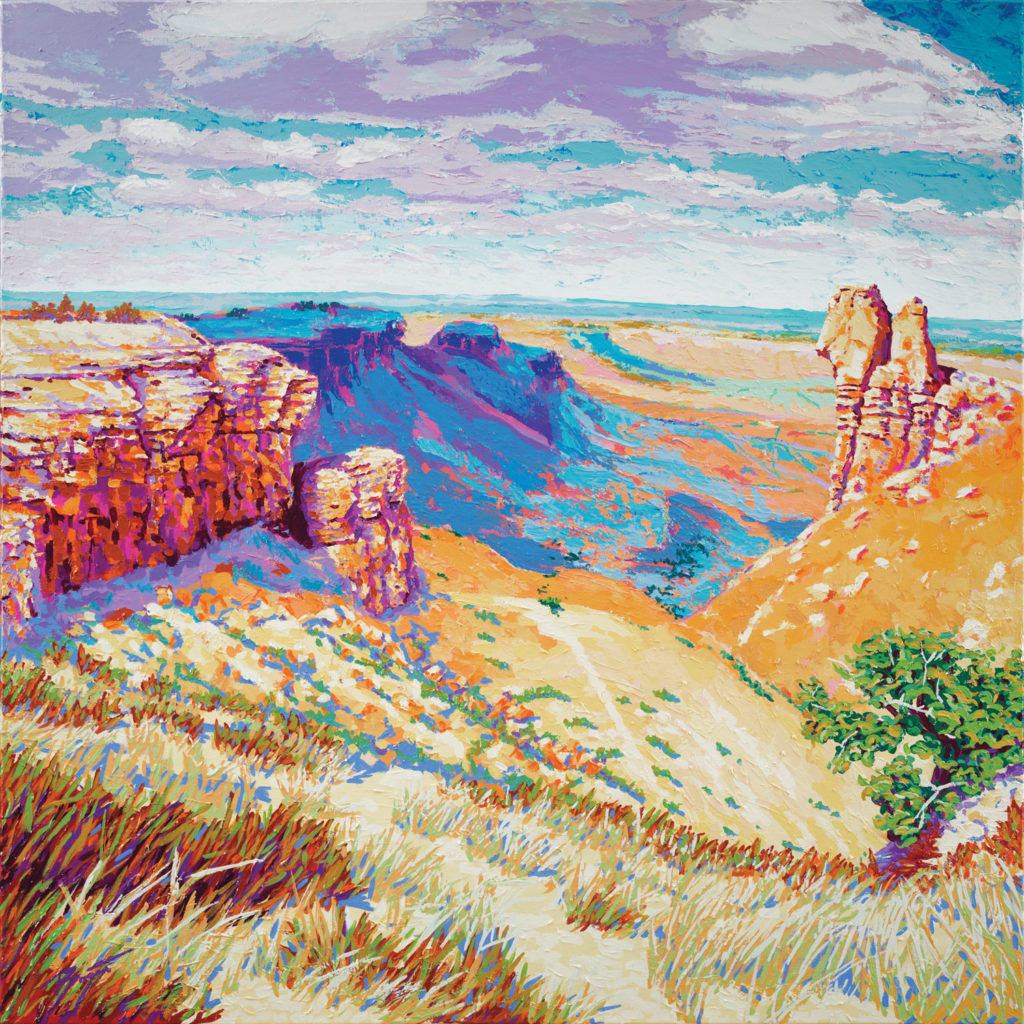
Communicating values of a bright noonday sun is as challenging as the experience of hiking it. Applying the tools of contrast, shape and texture allows Bogart to express the integrity and rugged beauty of this space.
Keep Moving Forward not only becomes a mantra for navigating the outdoors but also Bogart’s artistic journey.
#20 Frozen Ford Fairlane by Fred Schollmeyer

The artist uses heavy body colors thinned with water. Much of the paint was applied with an Iwata Custom Micron airbrush. The sky, tree line and snow were painted using freehand airbrush.
Frisket film was used as a stencil material to paint the automobile. Some of the details were painted using a small conventional brush and Schollmeyer uses a palette of 15 colors when creating his acrylic paintings.
#21 Pouring Peppermint by Angela Bandurka
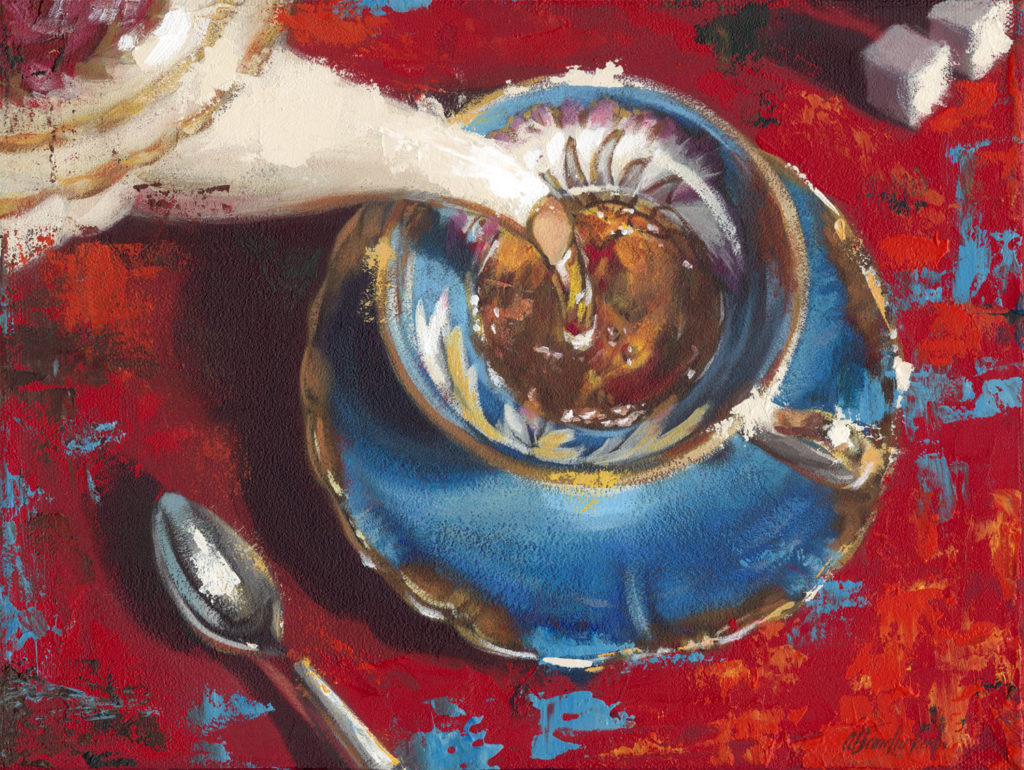
Values are the cornerstone of any painting. For wet or glossy objects, good values are essential! Bandurka started with a thumbnail sketch to plan the design of the piece based on three values: black, gray and white.
Those shadows and highlights are important elements to the design, and getting them right requires working from life as the eye can see many more levels of value than the camera.
#22 Le Rouge Et Le Noir (Diptych) by Lilianne Milgrom
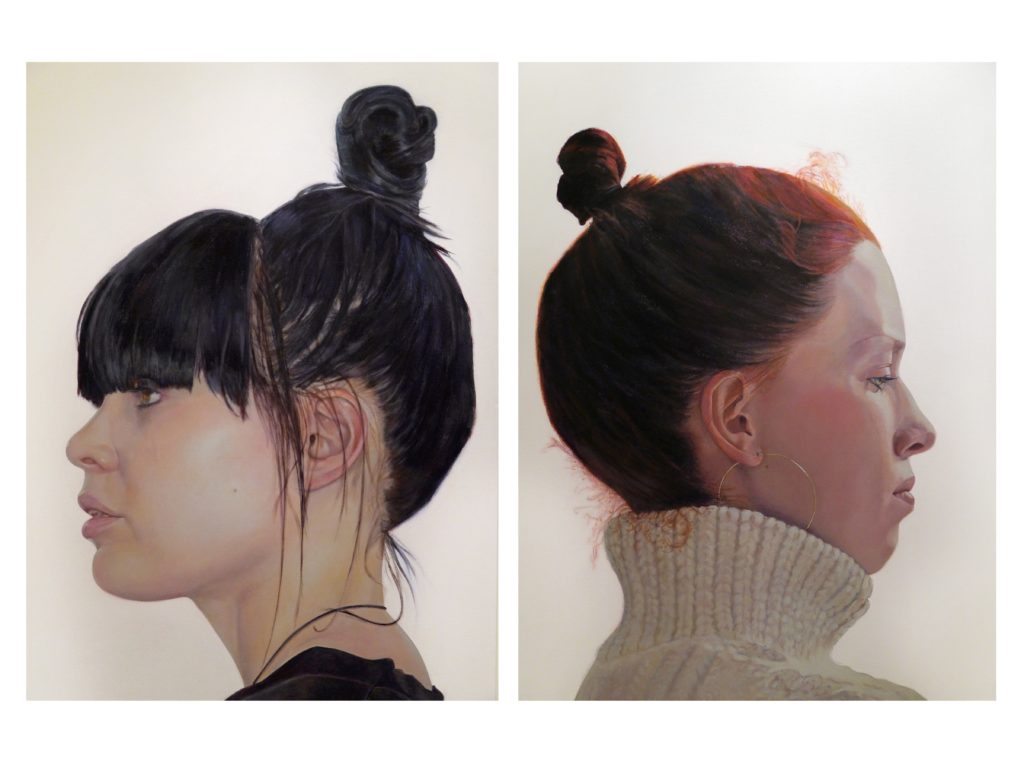
Milgrom takes great pains to ensure that a composition’s silhouette is as striking as the execution of the subject matter itself in her acrylic paintings.
Her diptych, Le Rouge et le Noir, highlights the appealing coastline of these young women’s profiles and their upswept chignons. It also focuses on the nuances of the human face and its subtle shifts in tonal value.
#23 Shop 11 Shipfitters by Ron Craig

Sunlight streams in through dirty windows bringing life to the otherwise gloomy space. It piques the artist’s curiosity about the stories that have played out over the shop’s 100 years of continuous use.
Capturing the factory’s scale, light and shadow required the artist to travel the full spectrum of hue. All colors were tinged with age and filth. To match them, Craig mixed paint to the very edge of mud. The architecture necessitated not only fine attention to vanishing points, but also a subtle gradation of color to suggest height and depth.
#24 Girl on the Couch by Diana Madaras
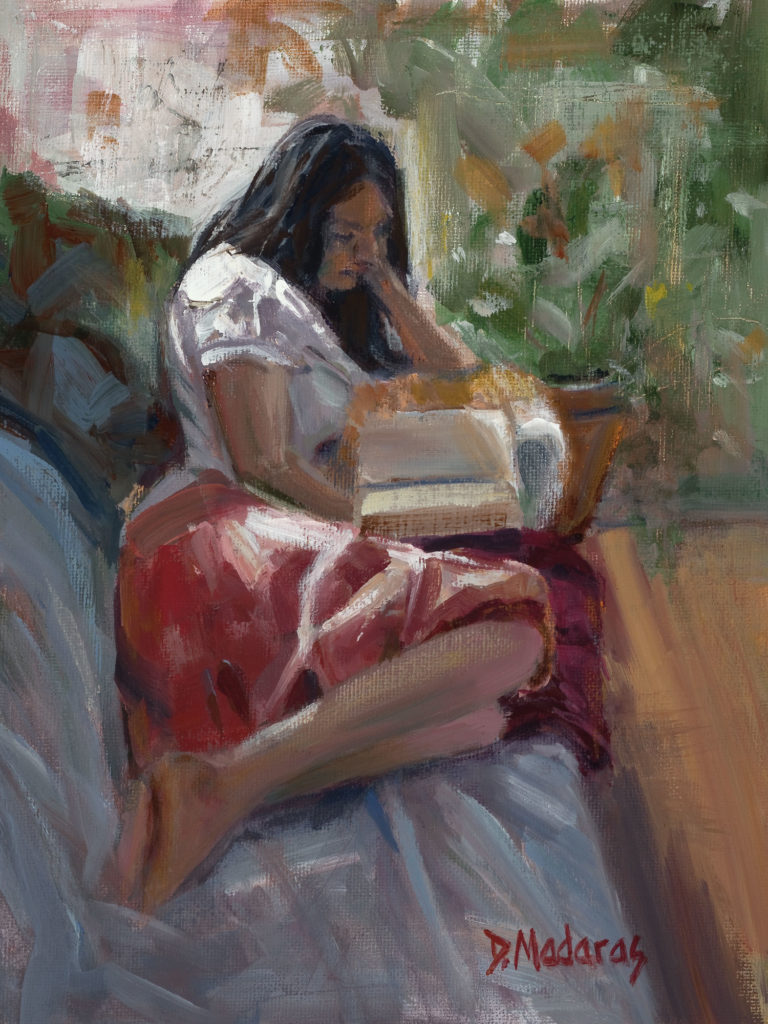
When Madaras was halfway through this painting, she felt it was too tight, so she “messed” it up. The end result was a combination of abstraction and realism that created a much more exciting composition.
#25 Jack of Diamonds by Kenneth Hershenson
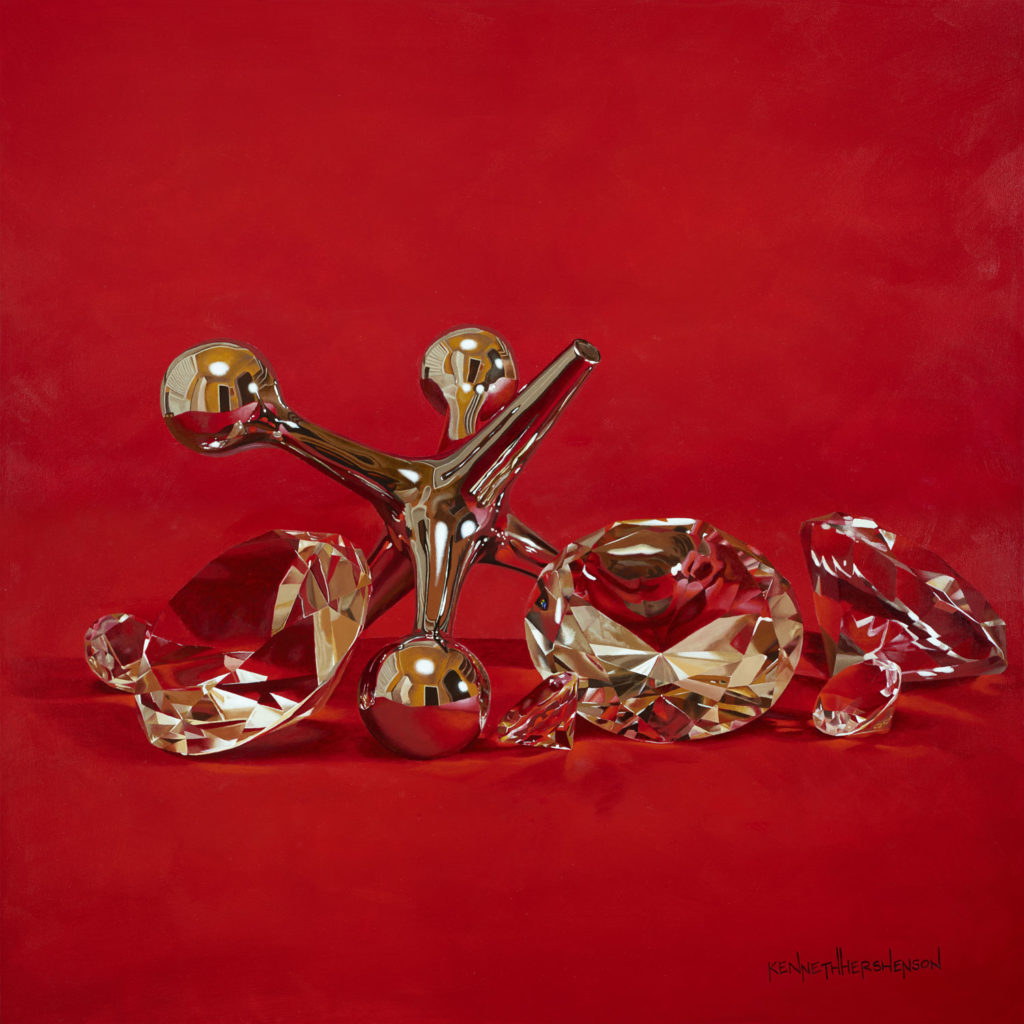
Hershenson uses stark simple images with bold values to evoke hyperrealism in his acrylic paintings. He chose lighting that creates strong shadows to give objects depth and a feeling that the viewer can grab the objects right off the canvas.
The vivid difference between the simple deep red background and the shiny objects makes the jack and diamonds pop. The interplay of prominent values in the construct of the diamonds and the jacks gives an almost liquid clarity.
3 More Acclaimed Acrylic Artists
Contemporary artists who use acrylics are in many ways leading the pack in terms of painters doing exceptional, unusual work. Take a look into the lives and studio practices of three more notable artists making acrylic paintings in various ways. We can’t wait to see what they do next.
 Artists Network Membership - 1 Month
Artists Network Membership - 1 Month 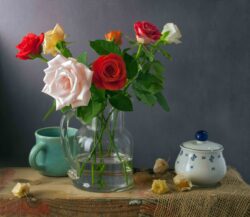 Paint Along 119: The Art of Painting Still Lifes
Paint Along 119: The Art of Painting Still Lifes  Breakthrough Paint Along: How to Paint Miniature Landscapes in Oils
Breakthrough Paint Along: How to Paint Miniature Landscapes in Oils 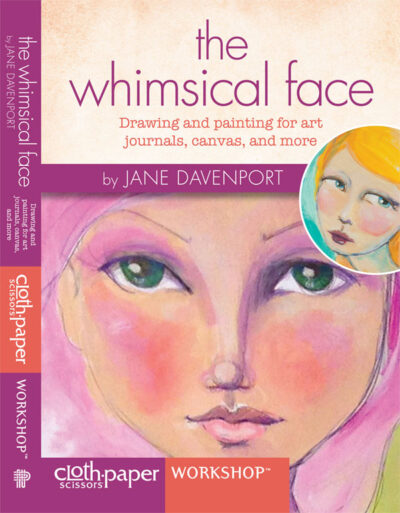 The Whimsical Face with Jane Davenport Video Download
The Whimsical Face with Jane Davenport Video Download 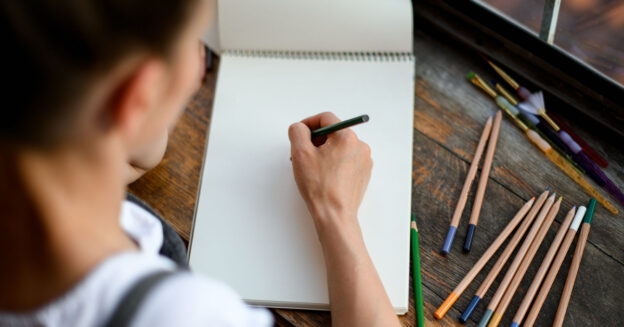
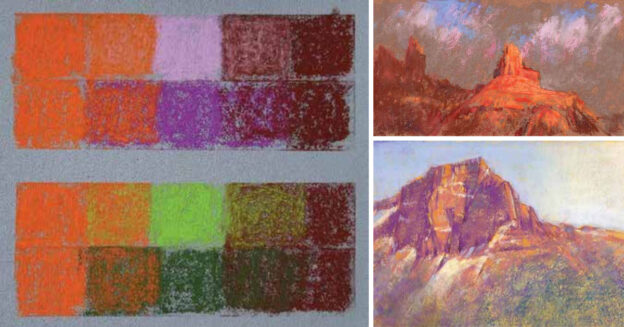
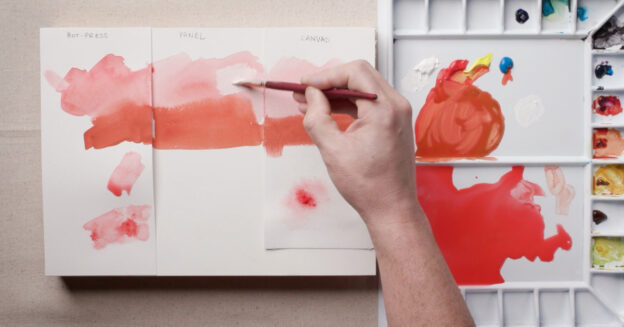
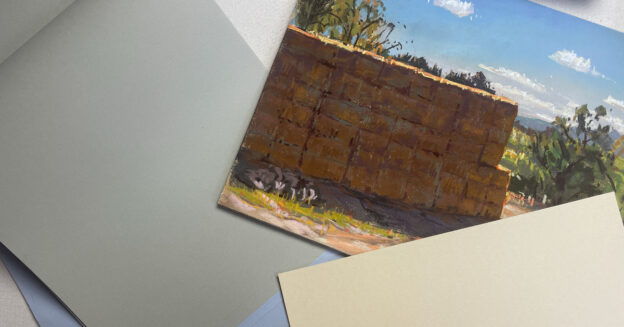
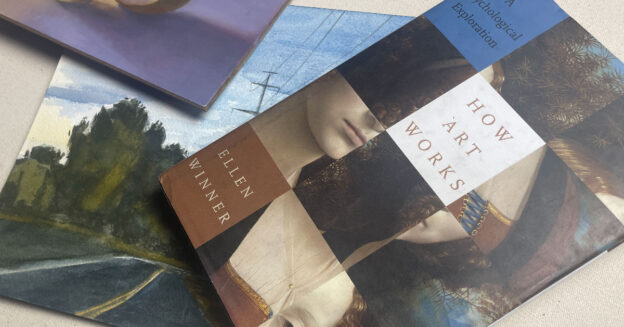
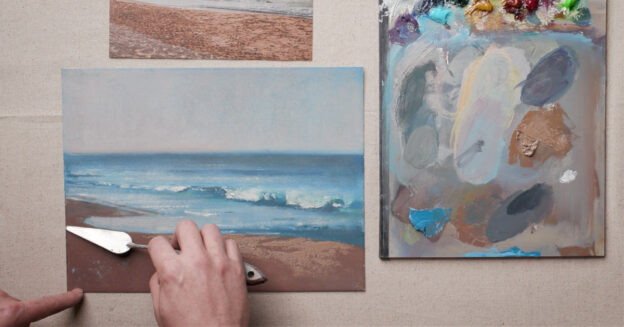
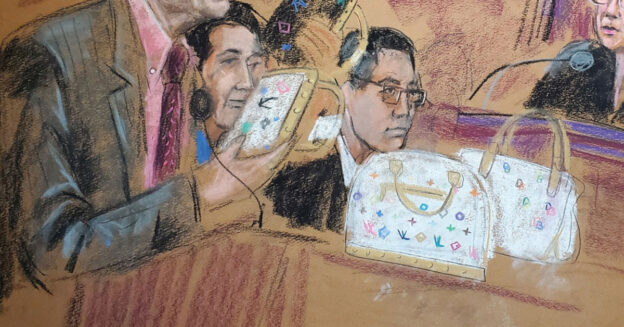
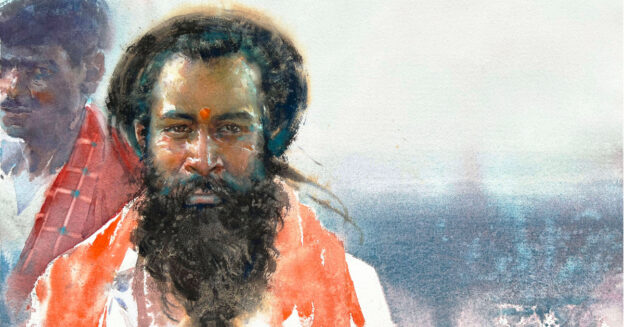
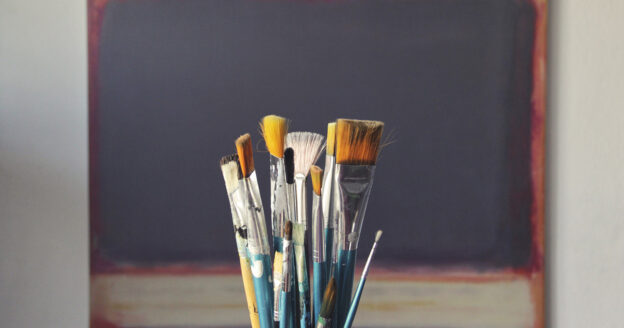
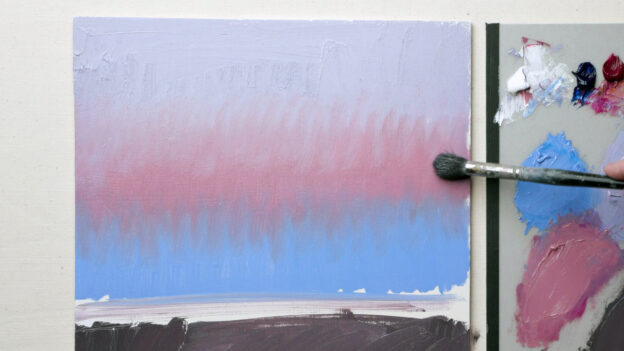
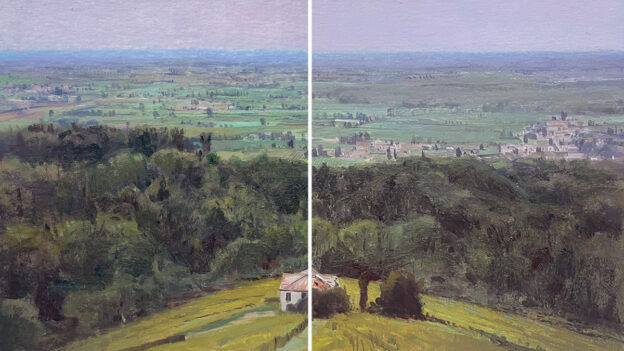
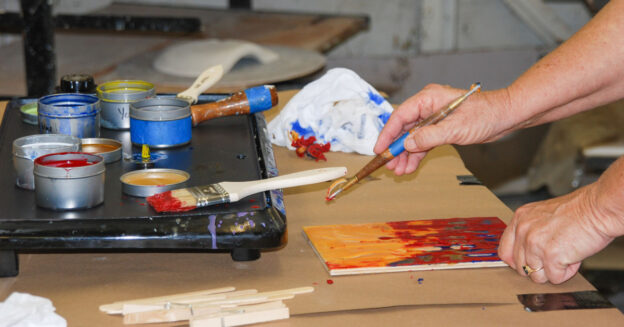
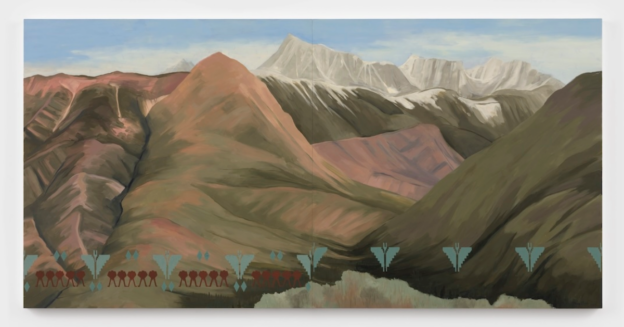
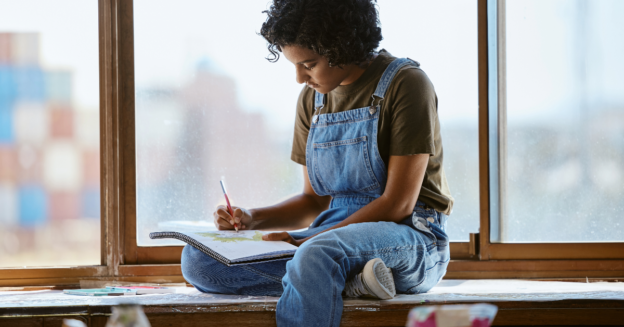

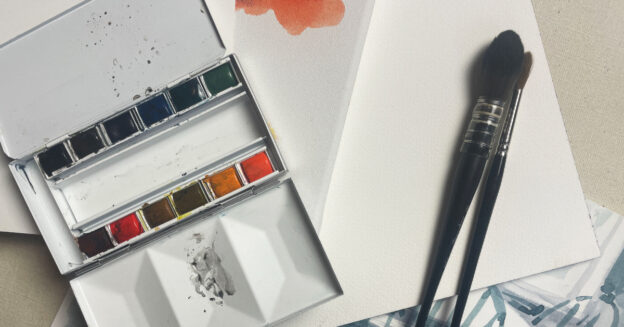
I loved the Girl on the couch and the last one. I just found this today! So very awesome. I do oil and acrylic painting.
Maybe this year I can enter the AcrylicWorks Competition. Who knows, maybe it will be a start to an old road turned new again.
I liked the Ford.
Your art works is really very nice!!
https://bit.ly/2WhiPSp
Thank you
Dianne, so glad the works resonated with you! And when you are ready to submit your work:: https://www.artistsnetwork.com/art-competitions/
That is where you’ll find all of our art competitions.
I loved seeing work from such a diverse range of Artists. These are some very talented people who would be very proud to ger acknowledgement of their passion. Hopefully I too will have a piece if my art showcased on here. Very inspirational indeed.
Every one of these 25 are wonderful, even stunning. i am not even a beginner, but i can tell by my gut that these are exceptional, each in its own right, even when the artist/author messed up, the end result is so pleasing. Thank you so very much for the presentation and sharing. mark